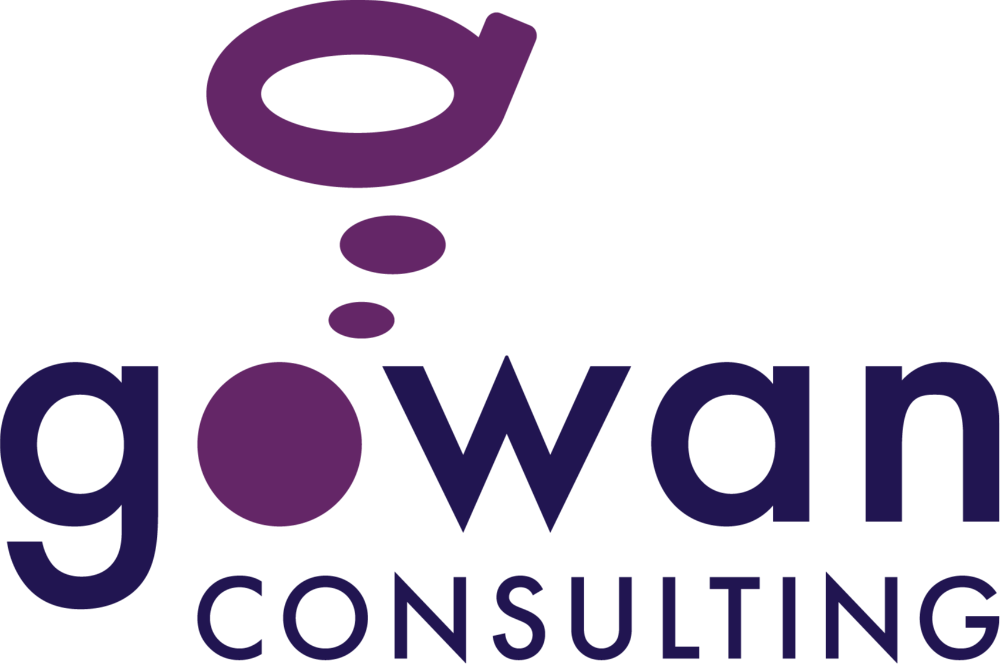Giving and Receiving Feedback in a Psychologically Safe Workplace
Jan 27, 2023
Having tough conversations with employees isn’t easy, but it is a necessary part of being a leader. Leaders need to give employees feedback for effectiveness and efficiency, but it is important to do so with “radical candor” – which means caring personally while challenging directly1. Simply, the best kind of feedback you can provide is direct, honest, and kind. Leaders should invite feedback in return to model the vulnerability and openness to dialogue that they would like from their employees.
Feedback is an effective tool for building relationships if done correctly. Team members should be coached in feedback strategies to ensure that people feel psychologically safe in engaging in these conversations at work.
How to Coach for Better Relationships
- Build a system that encourages feedback. Feedback empowers team members to do their best work when they know what they are doing well and what they could improve. Make feedback a consistent part of the process. Remember: feedback is a two-way street.
- Allow individuals the opportunity to correct their own mistakes. This does not mean standing idly by – monitor closely and don’t allow the problem to get out of hand. However, don’t jump in and try to help or criticize too quickly. This will help build trust.
- Recognize your thoughts and emotions. Notice when you are getting angry, distressed, or worried about a situation. Ask yourself about the story you are making up in your head. Be prepared to address the thoughts. Does the evidence support or dispute the thoughts? What else could be happening in this situation?
- Assume positive intent – take the most respectful interpretation of the situation.
- Address the issues. If you continue to see an issue as a valid thought, talk to the person directly and listen when the individual clarifies.
- Be sensitive to the individual and their needs. How are they responding to your feedback? Do you need to be more clear or more empathetic?
- Thank the individual for the discussion.
Approaches to Feedback
Before Giving Feedback
- Is this the right time?
- Is this the right place?
- Is this the appropriate person?
- What is the best way to communicate my message?
- Is the feedback well thought out and valid?
- What problems might feedback create?
- Will my feedback damage the relationship? If yes, how?
Methods for Giving Feedback
- Written correspondence. Write it and then live with it for a period.
- Verbal communication. Practice before you deliver!
- Non-verbal communication. Watch that body language!
- Actions/inactions. Be aware of the timing of your actions.
- Outward appearances or signs. Think about how you present yourself.
Language to Consider
- Focus on the individual’s behavior, not the person’s personality.
- Avoid globalizing behavior (using words like always, never).
- Use “I” instead of “you” language.
- Consider asking the following questions:
- What do you want the person to STOP doing?
- What do you want the person to START doing?
- What do you want the person to CONTINUE to do?
Receiving Feedback
- Listen to what the other person is saying. Do not interrupt.
- Ask for clarification or more information.
- Validate the other person’s feelings.
- Try to be objective.
- Decide if the comments are valid.
- Now it’s your turn: Be polite and provide appropriate feedback. Say “thank you.”
How to Have a Difficult Conversation
- Take responsibility for your part in any difficulty that might be arising. “I want to start by recognizing that I haven’t taken the time to outline the change process clearly for you.”
- Verbalize the outcome for this conversation. “In this meeting, I would like to discuss the best ways to support you in making this change.”
- Listen and validate. “That sounds challenging. I get why you may have been appearing resistant to this change.”
- Repeat the outcome for the conversation. “Let’s discuss what we can do to support the change more smoothly in the future.”
Responding to Feedback
What roadblocks have you discovered throughout your conversation? End with possible solutions that can help alleviate the individual’s concerns or address any issues on your end.
- If more clear communication is required:
- Identify who, what, when, where, and how.
- What are the expectations of the project? What do successful outcomes look like?
- What are the expected roles and responsibilities?
- How will problems be addressed?
- What are the timelines?
- If the employee needs to develop new habits or skills:
- “What can we do to integrate this new way of working into our normal workday?”
- “What are you already doing that might connect with what we need to do now?”
- “How can you use reminders until you build habits?”
- If the employee needs more resources:
- Give additional time for tasks and projects.
- More meetings might be needed for clear communication.
- You may need to give more human resources to support the employee.
- If the employee is overwhelmed:
- “I noticed that you have a lot on your plate. What can we do to help with priority setting or resources?”
- Provide time management and project management tools.
- If you recognize the employee is sabotaging change:
- Give honest feedback and have the difficult conversation - is this role the right fit for the individual?
- Give the chance for change.
- If change is not welcome or is being sabotaged, address it. Respectfully cut ties if that needs to happen and explain why.
How Can Gowan Consulting Help?
- Take our Psychological Safety in the Workplace training to learn how to manage team relationships in a respectful and civil manner.
- Book a time in one of our calendars to chat about how we can help your team’s health and productivity.
- Our Occupational Therapy Success Coaching and mental health support services are grounded in CBT and behavioural change principles in order to build resilience and maximize employee strengths. Enable your team’s optimal function at work by making a referral to an Occupational Therapist today.
- We provide customized training programs for organizations – some topics we can cover include mental health, stress management, communication, boundary setting, and more. Contact us to customize a training for your team.
- Our online training programs are available for your team to start anytime so they can get on-demand learning about a variety of topics, where and when they need them.
References
[1] Radical Candor. Be a kick-ass leader and empower your team. Radical Candor. (2022, December 9). Retrieved January 26, 2023, from https://www.radicalcandor.com/

